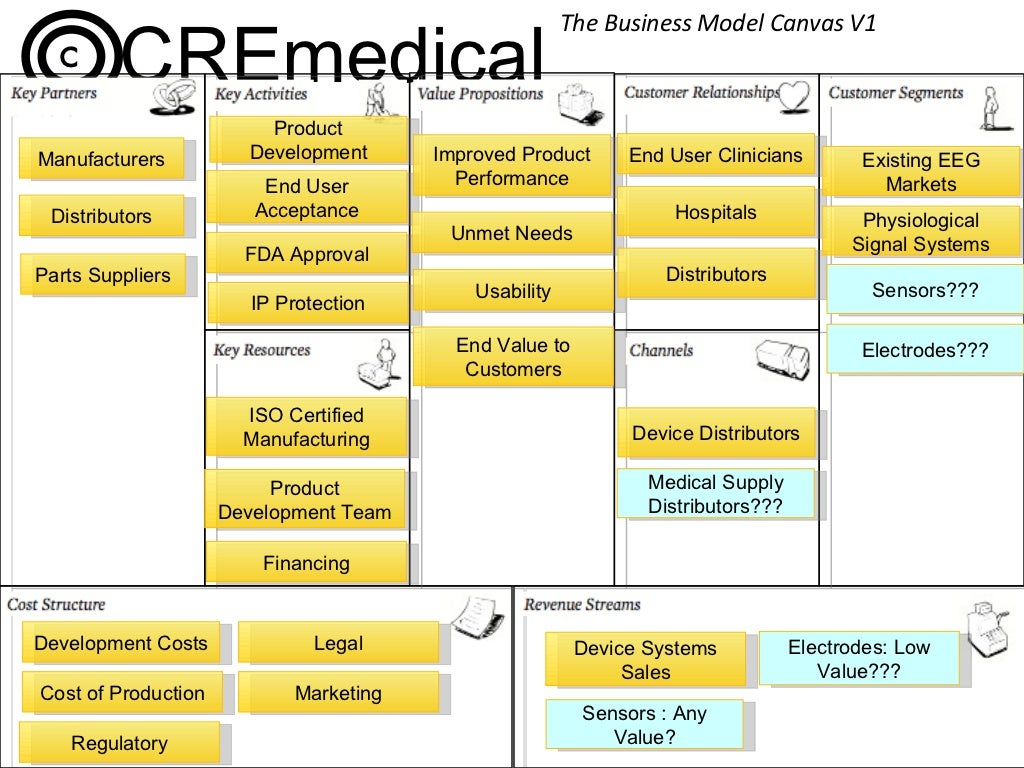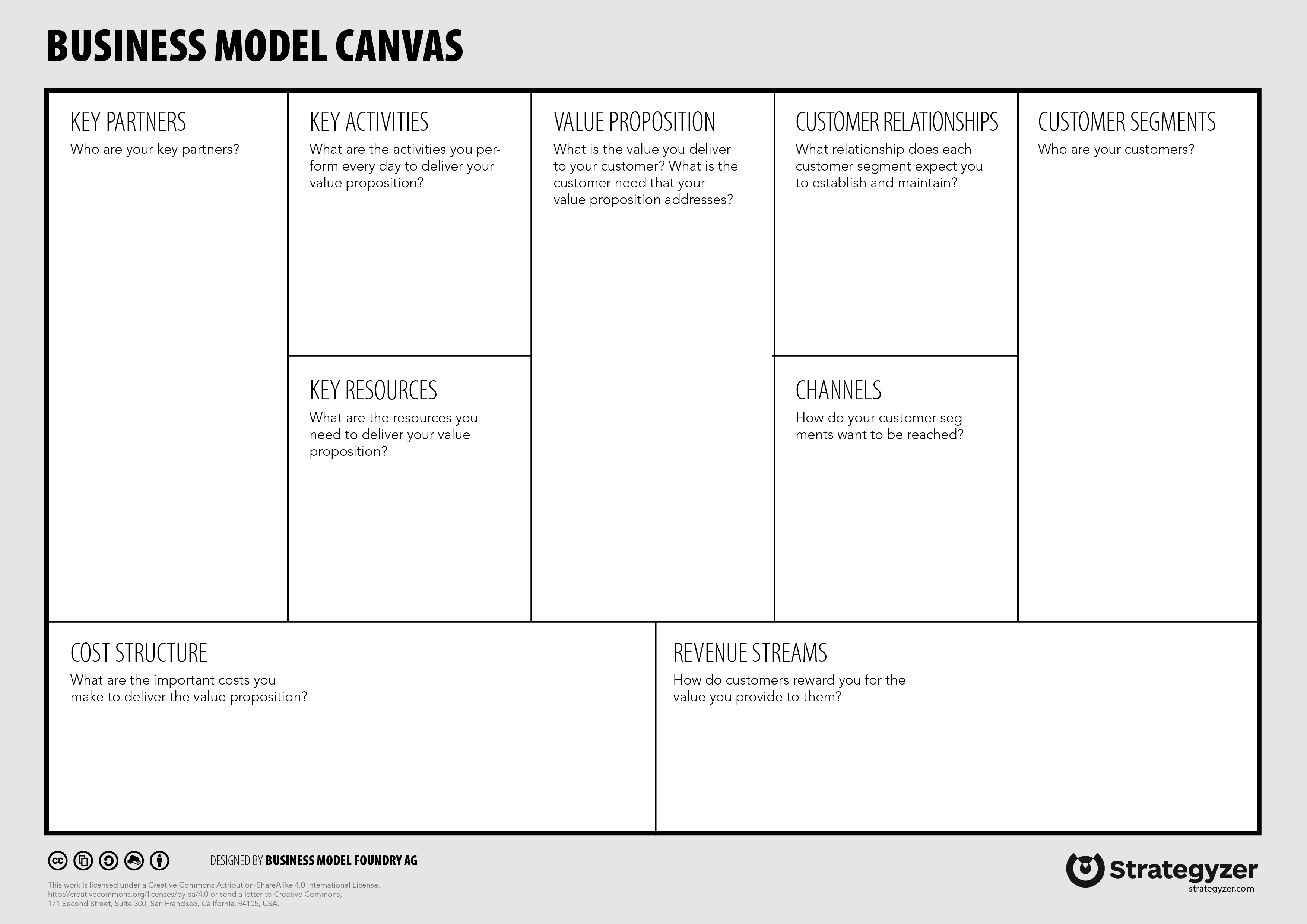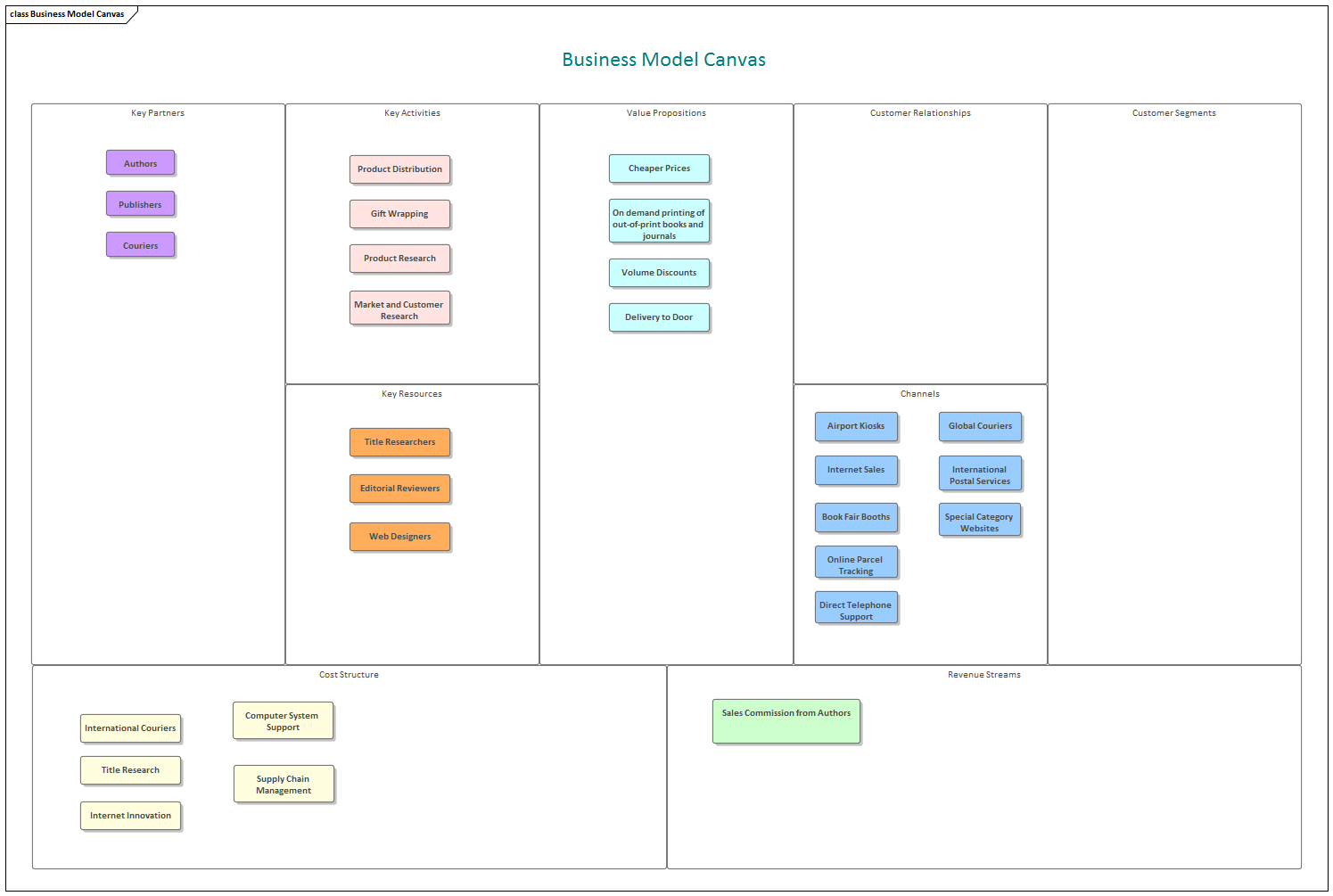

“A problem well stated is a problem half-solved.” I attribute a significant contributor to this failure to a lack of proper “problem understanding” from the start. Most startups fail, not because they fail to build what they set out to build but because they waste time, money, and effort in building the wrong product. Because the canvas is already quite space-constrained, it was important to maximize the signal-to-noise ratio. I found the initial Business Model Canvases I created back in August 2009 missing things I’d consider very high risk, while other things on the canvas didn’t register as high enough risk. RiskĪ state of uncertainty where some of the possibilities involve a loss, catastrophe, or other undesirable outcome. The lack of complete certainty, that is, the existence of more than one possibility.

My approach to making the canvas actionable was capturing that which was most uncertain, or more accurately, that which was most risky. “Startups operate under conditions of extreme uncertainty.” I had already been working with Lean Startup principles, which had a big influence on the design. The metaphor I had in mind was that of a ground-up tactical plan or blueprint that guided the entrepreneur as they navigated their way from ideation to building a successful startup. My main objective with Lean Canvas was to make it as actionable as possible while staying entrepreneur-focused. Lean Canvas also became a critical part of the methodology described in my book: Running Lean - first self-published as an ebook in February 2010, now being republished as a second edition O’Reilly title in March 2012. I recruited the help of other entrepreneurs to start building an online version of Lean Canvas with the initial goal of facilitating more of these learning conversations in my workshops and subsequently opening it up to everyone. I started using and testing Lean Canvas with other startups in my workshops and was particularly encouraged by its ability to enable more learning versus pitching conversations. I shared my adaptation (Lean Canvas) in a post I published: “ How I Document My Business Model Hypotheses.” This post quickly became one of my top posts of all time. I modeled my existing products at the time using both canvases, which prompted me to do some tinkering of my own that I’ll describe below.

The thought of capturing business model hypotheses on a single page seemed killer. I had been using Steve Blank’s worksheets and struggled to keep them updated.

It was not until I saw fellow entrepreneur Rob Fitzpatrick’s variation ( Startup Toolkit) that incorporated Steve Blank’s worksheets from “The Four Steps to the Epiphany” that I took a more serious look at the canvas. I was more interested in the “learning” that got them there. I was first exposed to the Business Model Canvas through Alex Osterwalder’s book: “Business Model Generation.” While I found the book beautifully illustrated, I originally dismissed the canvas approach as “too simple.” Many of the examples in the book illustrated the business models of well-known companies like Apple and Skype - after they were successful. Lately, this question has bubbled up in frequency which is why I decided to take the time to outline the thought process that went into creating Lean Canvas. I often get asked why I created a different adaptation from the original Business Model Canvas by Alex Osterwalder.


 0 kommentar(er)
0 kommentar(er)
